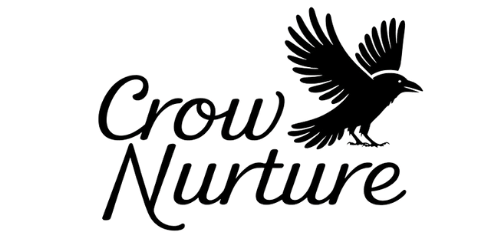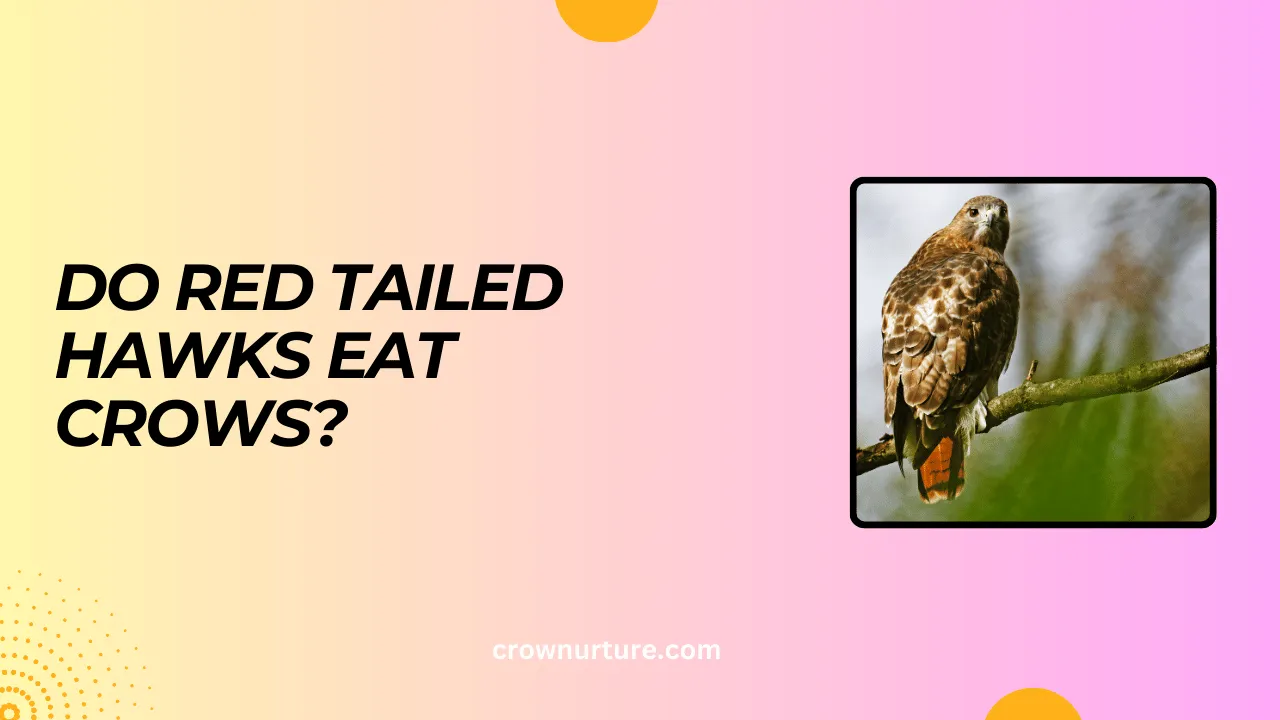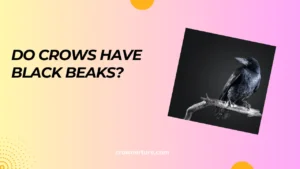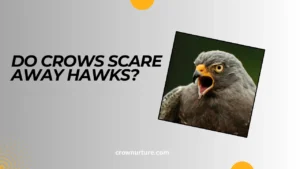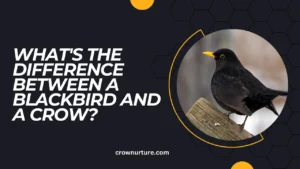Red-tailed hawks are the silent hunters of the skies, gliding effortlessly as they scan the ground for their next meal. Known for their sharp talons, powerful beaks, and extraordinary eyesight, these raptors are adept at taking down a variety of prey. But how do they fare when their potential target is not a ground-dwelling rodent but the highly intelligent and social crow?
The relationship between red-tailed hawks and crows is more than a simple predator-prey interaction. It’s a complex dynamic shaped by the hawk’s hunting prowess and the crow’s defensive strategies. Understanding these interactions sheds light on the balance of nature and the fascinating ways in which animals adapt to their environments.
For bird enthusiasts, gardeners, and conservationists, exploring whether red-tailed hawks eat crows offers valuable insights into the behavior of these remarkable species. From how hawks hunt to the ingenious ways crows protect themselves, this article dives deep into the nuanced relationship between two of nature’s most intriguing birds.
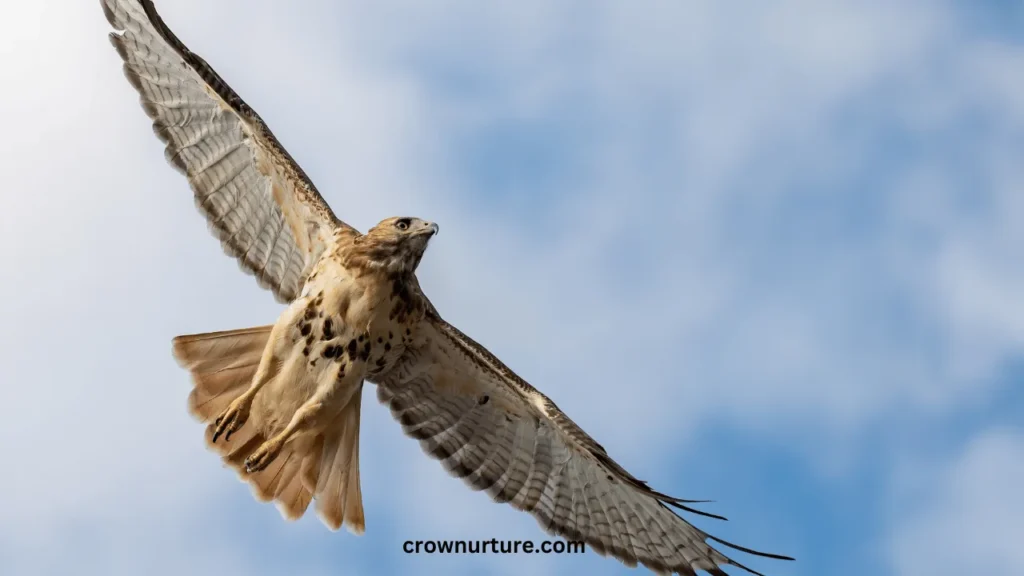
Contents
1. Red-Tailed Hawks: A Fearsome Predator
Red-tailed hawks are among the most adaptable raptors, thriving in environments ranging from dense forests to urban landscapes. They employ a variety of hunting techniques, including perching on high vantage points and diving swiftly to catch unsuspecting prey. Their speed and stealth make them formidable hunters.
The hawk’s diet is diverse, including small mammals like squirrels, reptiles, and birds. While they prefer smaller, easily subdued prey, they are opportunistic and may target larger birds like crows if the opportunity arises. Juvenile or isolated crows are particularly vulnerable to hawk predation.
Their adaptability to different habitats ensures they overlap with crow territories. This shared space increases the likelihood of hawk-crow encounters, particularly in areas with abundant food sources.
2. Crow Defenses Against Predation
Crows are highly intelligent birds known for their social behavior and group strategies. When faced with threats, crows often mob predators like red-tailed hawks, dive-bombing them and making loud alarm calls to drive them away. This behavior is not only defensive but also serves as a warning to other crows.
In addition to mobbing, crows have an impressive repertoire of alarm calls. These calls vary depending on the type of threat and can rally other crows to join the defense. Their communication skills make them effective at deterring hawks, even in small numbers.
Crows rarely act alone. Their group defense strategies, often involving large and noisy gatherings, overwhelm predators like red-tailed hawks, forcing them to retreat.
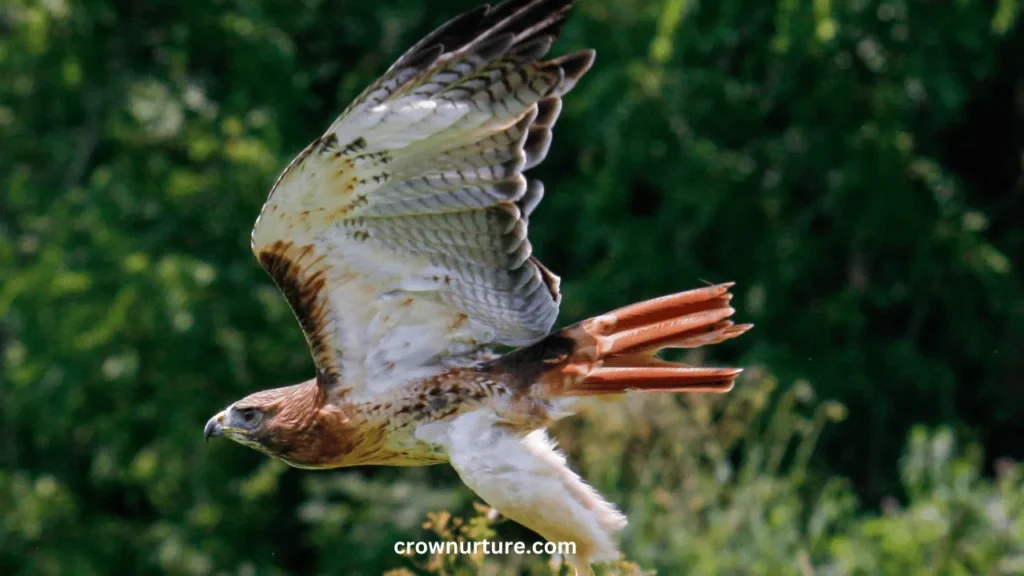
3. The Dynamics of the Hawk-Crow Relationship
Red-tailed hawks are larger than crows, with wingspans reaching up to four feet. This size advantage allows hawks to overpower individual crows, especially juveniles or injured birds. However, hawks tend to avoid healthy adult crows due to the risk of injury during a confrontation.
Hawks target isolated or unsuspecting crows, often relying on stealth and timing. While crows excel in group defense, solitary individuals are more vulnerable to hawk attacks. This dynamic highlights the importance of social structures in crow survival.
The extent to which these species interact also depends on habitat. In open fields or urban areas, hawks may have the upper hand, while dense forests provide crows with ample cover and escape routes.
4. Real-World Observations and Studies
Birdwatchers frequently observe interactions between red-tailed hawks and crows. These encounters often involve crows aggressively mobbing hawks, forcing them to abandon their hunting attempts. Such observations highlight the crow’s resilience and strategic advantage in numbers.
Scientific studies have confirmed that hawks occasionally prey on crows, particularly during nesting seasons when young crows are more vulnerable. However, this predation is relatively rare and does not significantly impact crow populations.
Anecdotal evidence from farmers and naturalists also suggests that crows, despite being potential prey, often manage to hold their ground against hawks. This resilience speaks to their intelligence and adaptability.
5. The Ecological Implications
Predator-prey relationships like those between red-tailed hawks and crows play a crucial role in maintaining ecological balance. Hawks help control bird populations, while crows contribute to the ecosystem by scavenging and spreading seeds.
While predation on crows is not significant enough to threaten their numbers, it highlights the adaptability of both species. Hawks adjust their hunting tactics based on available prey, while crows refine their defense strategies to counteract threats.
These interactions also have implications for conservation. Understanding the dynamics between these birds can inform efforts to protect habitats that support both predator and prey species.
Conclusion
The relationship between red-tailed hawks and crows is a testament to the intricacies of nature. While hawks are capable of preying on crows, their success largely depends on specific circumstances, such as the vulnerability of the crow and the hawk’s hunting environment.
Crows, with their intelligence and social behavior, often turn the tables by mobbing and deterring hawks. This balance of power showcases the adaptive strategies of both species and their ability to coexist in shared habitats.
Ultimately, these interactions remind us of the delicate equilibrium within ecosystems. By observing and understanding such dynamics, we gain a deeper appreciation for the natural world and the roles these remarkable birds play in it.
FAQs
1. Do red-tailed hawks hunt crows?
Yes, red-tailed hawks occasionally hunt crows, especially juveniles or isolated individuals.
2. How do crows defend themselves from hawks?
Crows defend themselves by mobbing hawks, using alarm calls, and forming groups to overwhelm the predator.
3. Are crows a primary food source for red-tailed hawks?
No, crows are not a primary food source. Hawks prefer smaller, easier-to-catch prey like rodents and reptiles.
4. Do red-tailed hawks avoid adult crows?
Hawks often avoid healthy adult crows due to the risk of injury during a confrontation.
5. What triggers a hawk to attack a crow?
Hawks may attack crows when they are young, injured, or isolated, or when food is scarce.
6. Can crows kill red-tailed hawks?
While unlikely to kill a hawk, crows can drive them away through coordinated mobbing and persistent harassment.
